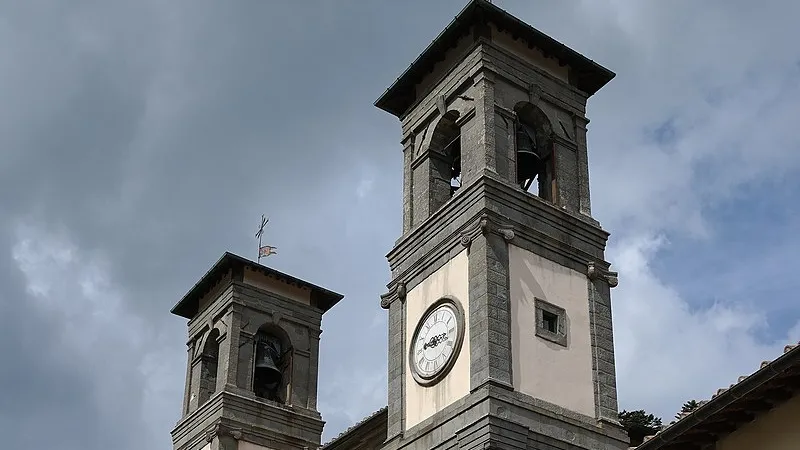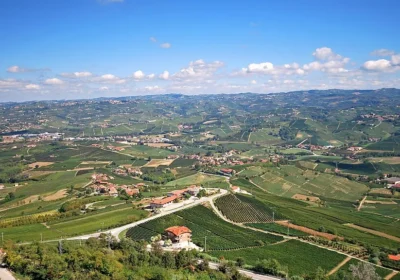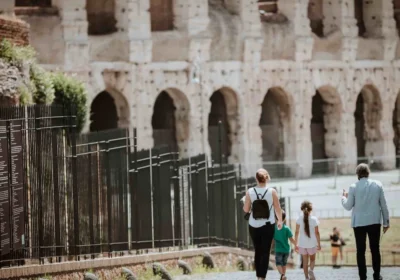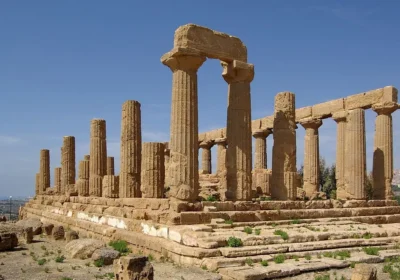Arezzo excursion – Camaldoli Monastic Community.
Camaldoli is a combined excursion – walking + car.
Geographically speaking, Camaldoli is part of Poppi, located in the region of Tuscany, in the province of Arezzo.
The monastery was built on the site of the Castle of Fontebuona, owned by the Count of Maldolo. This castle was captured and robbed by the Venetians of Bartholomew D’Alviano in 1408 and then by the French in 1810.
This castle was a cultural centre and was home to the Academy, which included such famous people as Lorenzo de’ Medici, Leon Battista Alberti and Cristoforo Landino.
This hermitage formed the primary community founded by St Romuald in 1012, and consisted of 5 huts and one chapel of the Saviour. As the number of huts began to increase, the chapel was replaced by a church.
Some of the cells were associated with historical figures. For example:
The cell of Parma, built in 1620 by Duke Ranuccio Farnesi, Duke of Parma.
The Cella de’ Medici, built in 1523, was erected for the penance of Maria de’ Medici, who would come to the monastery hermitage disguised in men’s robes.
Cell of the Madonna Lorenzo, built by Cardinal Giulio della Rovere, received St Charles Borromeo in 1579
Papal Chapel, a cell that received Cardinal Ugolino, Count of Segna who became Pope in 1127 with the name Gregory XI.
In the 11th century, the monastic complex of Camaldolese, consists of a Monastery and a Skete. It is located along the Apennines between Tuscany and Romagna, in the heart of the magical “National Park of the Casentine Forests”.
In the interior of the monastery there are numerous places to visit, starting with the large hall of devotional books and the guest house.
Of particular interest is the Galenic Laboratory, i.e. the ancient apothecary’s laboratory.
The pharmacy was built in 1543 and contains priceless furniture made of walnut wood.
The Galenic laboratory is of particular interest, as it is a herbal medicine shop, which is still keeping the traditions of the ancient monastic hermitage. The church was built in the Baroque style and inside there are works of art made by Vasari.
In the neighbourhood you can visit the Skete made by Ambrogio Traversari, a little after the monastery was built. Located at an altitude of about 1000 metres, the Skete also allows you to visit the “National Park of the Casentine Forests, Falterona Mountain and Caminho”.

















